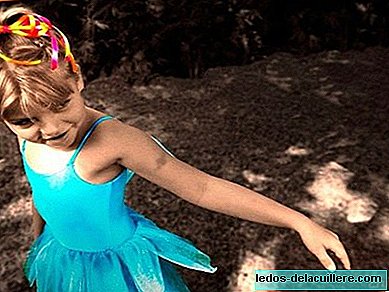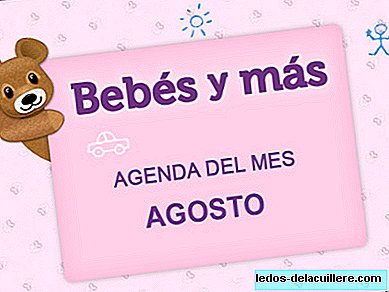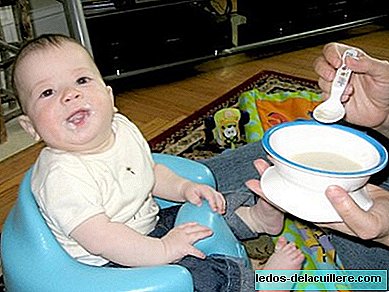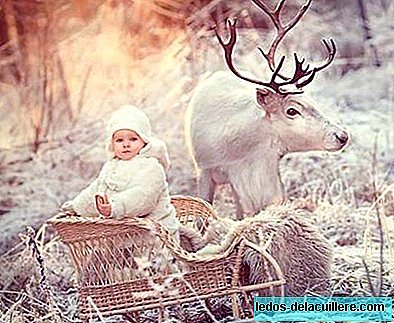
The literature that children like the most is that of stories, although not all the stories included in this concept are the most appropriate for children. Therefore modernly there has been a sweetening of stories, which tries to adapt stories of a very diverse nature to a children's audience.
But, in their origins that are lost in time, popular, oral tales, transmitted from generation to generation, and subsequently collected by the classics, have nothing childish, as we have seen with the “original versions” of Little Red Riding Hood, Sleeping Beauty or Cinderella.
There are also modern, author's stories, more lyrical and soft, that seek to take care of the message provided in every detail, when you have it. There are wonderful stories of this style, although many others remain without a message and, in addition, do not show off a certain quality, not only literary, but linguistic. That is why it is always advisable to browse the stories we buy.
Halfway between the old stories for adults, full of scabrous, scary and violent elements, and the current children's stories, we have those classic stories that we have mentioned, which ceased to be oral and became embodied in paper by authors such as the brothers Grimm, Andersen, Perrault ...
Jacob Grimm in the preamble of the "Complete Tales of the Grimm Brothers" (1954) says:
Title Kinder und hausmärchen ('Tales of childhood and home'), tells the origin and character of the subject, not its destiny, the book is not written for children, although if they like it, so much the better; I would not have put so much courage in composing it, had I not believed that the most serious and charged people of years could consider it important from the point of view of poetry, mythology and history.
As we see, the classic stories are loaded with symbolism, poetry, myths, history, fiction but also reality, and as such, loaded with life and death, sweetness and violence, terror ...
Many meanings that for a child would go unnoticed, or at least consciously unnoticed, but that would act at another level, granting a corpus of more or less transcendent meaning within each person.
Grimm with these words seems to want to give superiority and dignity to the stories that moved to the paper, saying that they were not children's stories. But, Do children have to stay out of poetry, mythology and history?
Although, they are not stories of children, we see it from the moment when a wolf that has eaten the grandmother is gutted, the children are abandoned or their feet are cut so that they fit in a shoe. Where do we put the limit on how to relate fundamental values in life?

Dulcification, how far?
Recently I had the opportunity to meet a popular Storyteller in a conference to encourage reading. He pointed out his disagreement with the kind of stories that are proliferating today, those "sweetened" stories that avoid naming death or aging, which are the limits of the human being. Not without reason, he pointed out that from that point of view, all popular stories would disappear.
I think I agree on this point, because children soon see the presence of death in life (of animals ...) and begin to ask questions that are often taboo for adults. Stories can help take the first steps to understand death, sex, pain.
The story takes on a fantasy-reality harmonizing role, and in it death does not imply "suffering" for the child, but has the effect of understanding, in fiction, the end of a life. Many stories have a therapeutic function which adequately teaches fundamental concepts of existence: love, pain, death, friendship ...
Even if we don't believe it, children often understand stories without asking for explanations (besides, providing them with unclaimed explanations doesn't make much sense, and undermines the evocative power of the story).
Another thing are the scabrous and violent issuesWell, I think these, as long as they can be avoided, better than better. Although in this case we would run out of classic stories ... There we can put imagination and "censor" the less appropriate passages of the stories. Adapt the blood, the shots, the mistreatment, the mutilations, the violations and that do not appear explicitly, that they become a pain, a loss.
But eliminating all symbolic language from texts and suppressing their cathartic function means ending meanings that only reflect children's experiences, thoughts and feelings. In this way we stop the development of their fantasy (through the path of stories) and often eliminate the power of identification that the characters of stories have in children (and adults, why not).
If we join the taboo and eliminate those universal conflicts that have moved the artistic expression of man through the word, since the beginning of time, what do we have left?
We can also choose children's stories that populate bookstores, modern author stories, but not before taking a look, for what they could contain. Why the sweetening of modern tales sometimes it doesn't reach every page ...












